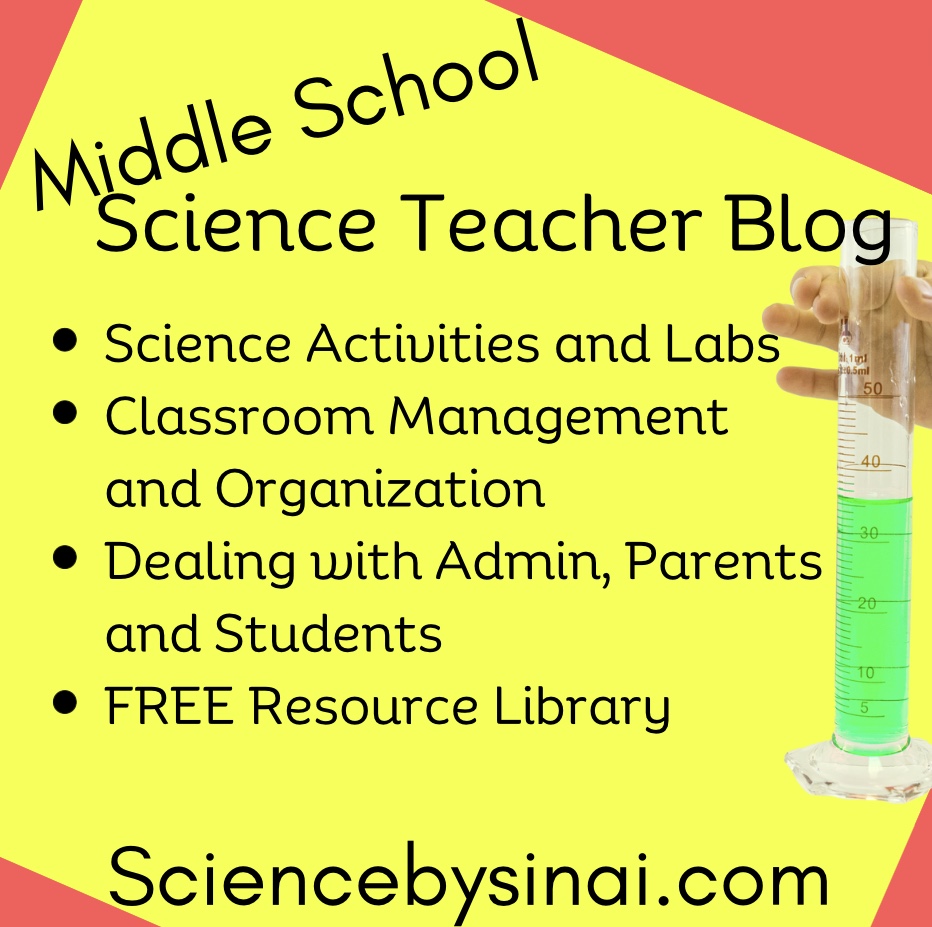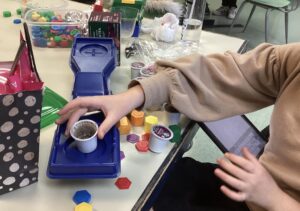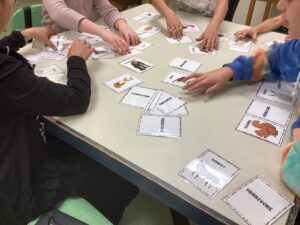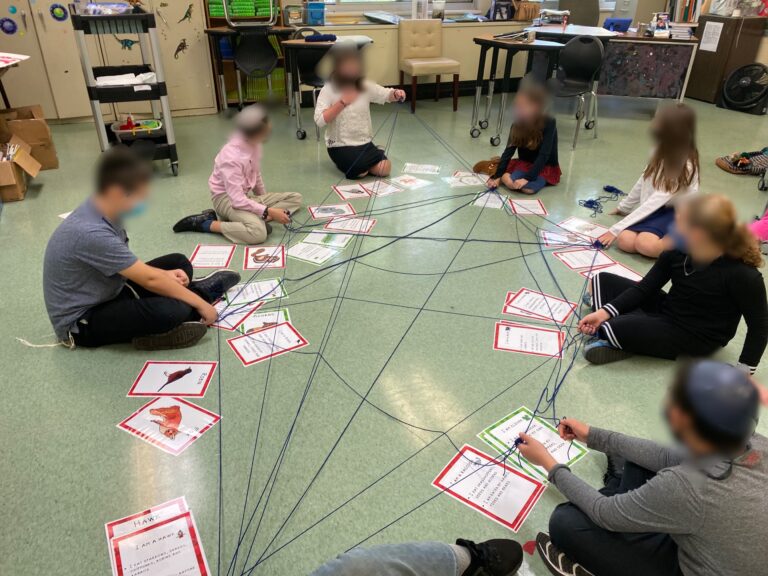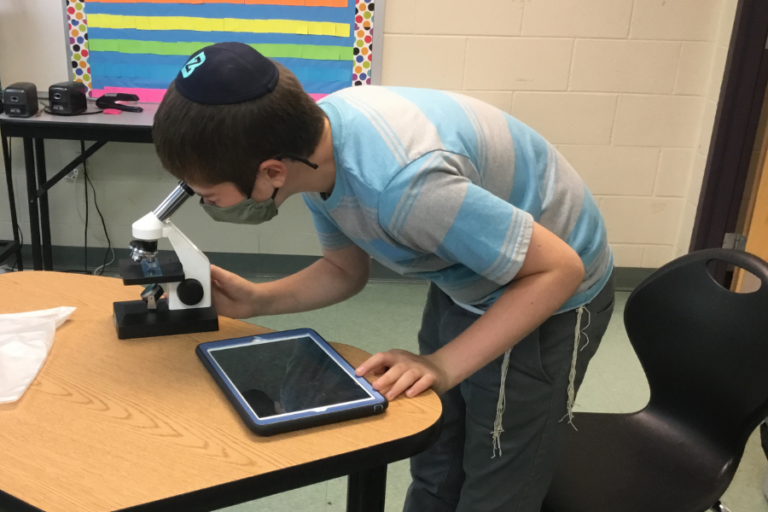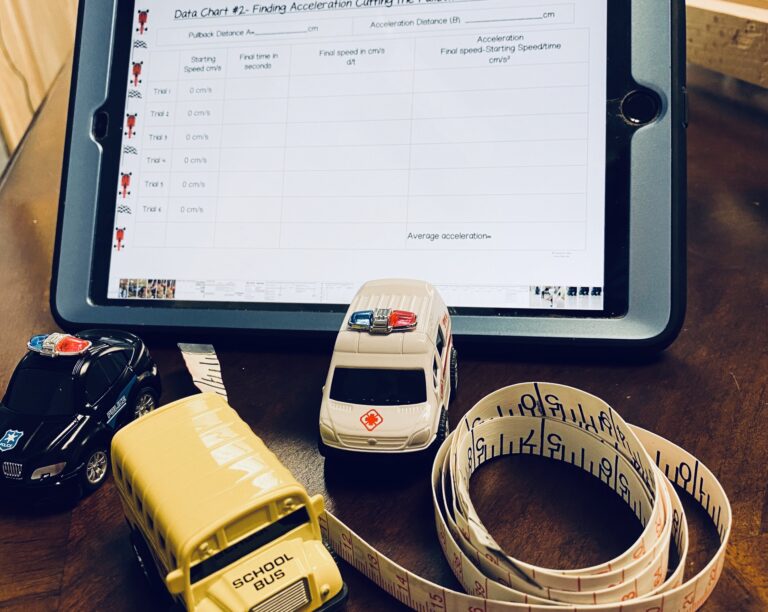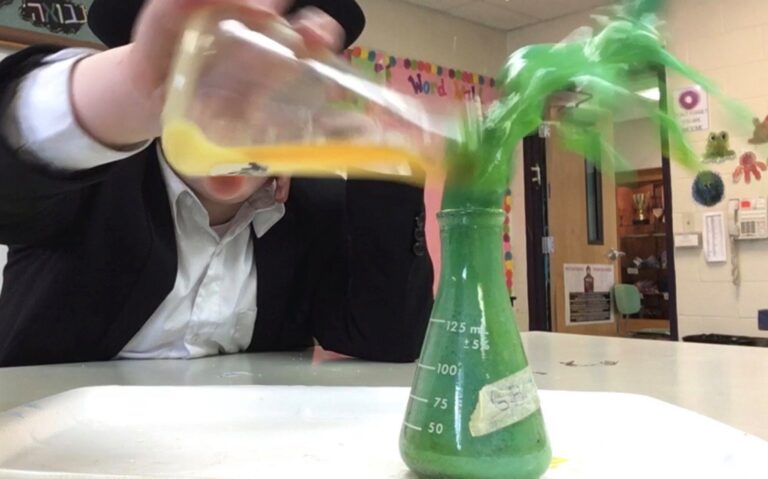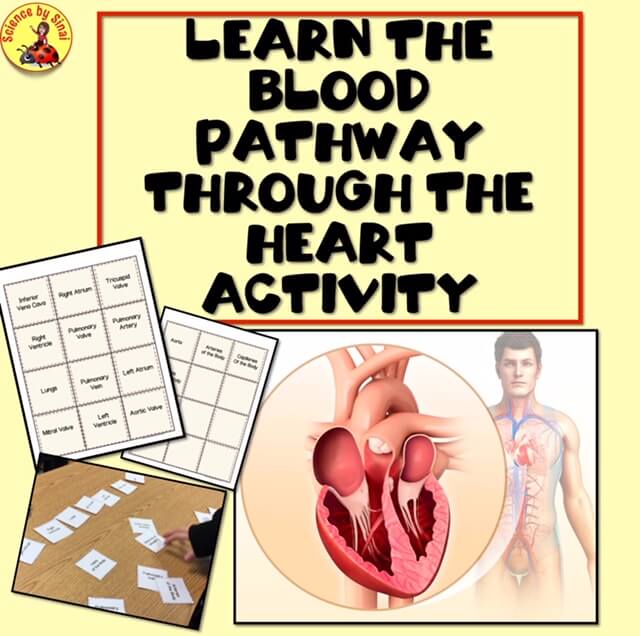STEM Energy Project Using Rube Goldberg Machines and Food Chains!
Are you looking for a great STEM energy project that combines two middle school units?
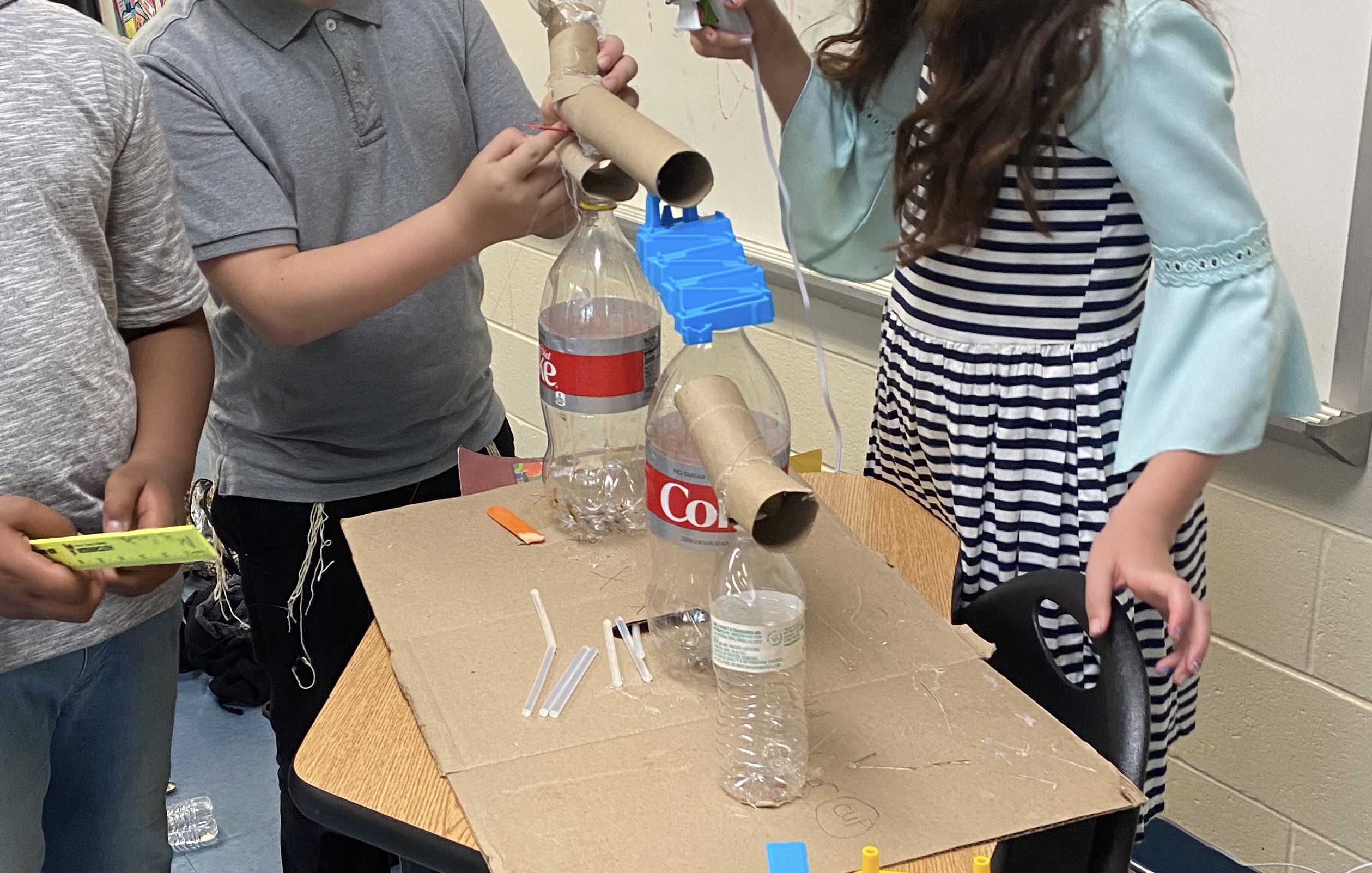
STEM Energy Project Using Rube Goldberg Machines and Food Chains!
Updated August 2, 2023
I have a super engaging Rube Goldberg machine and food chain STEM project that ties together two units that deal with ENERGY LEVELS.
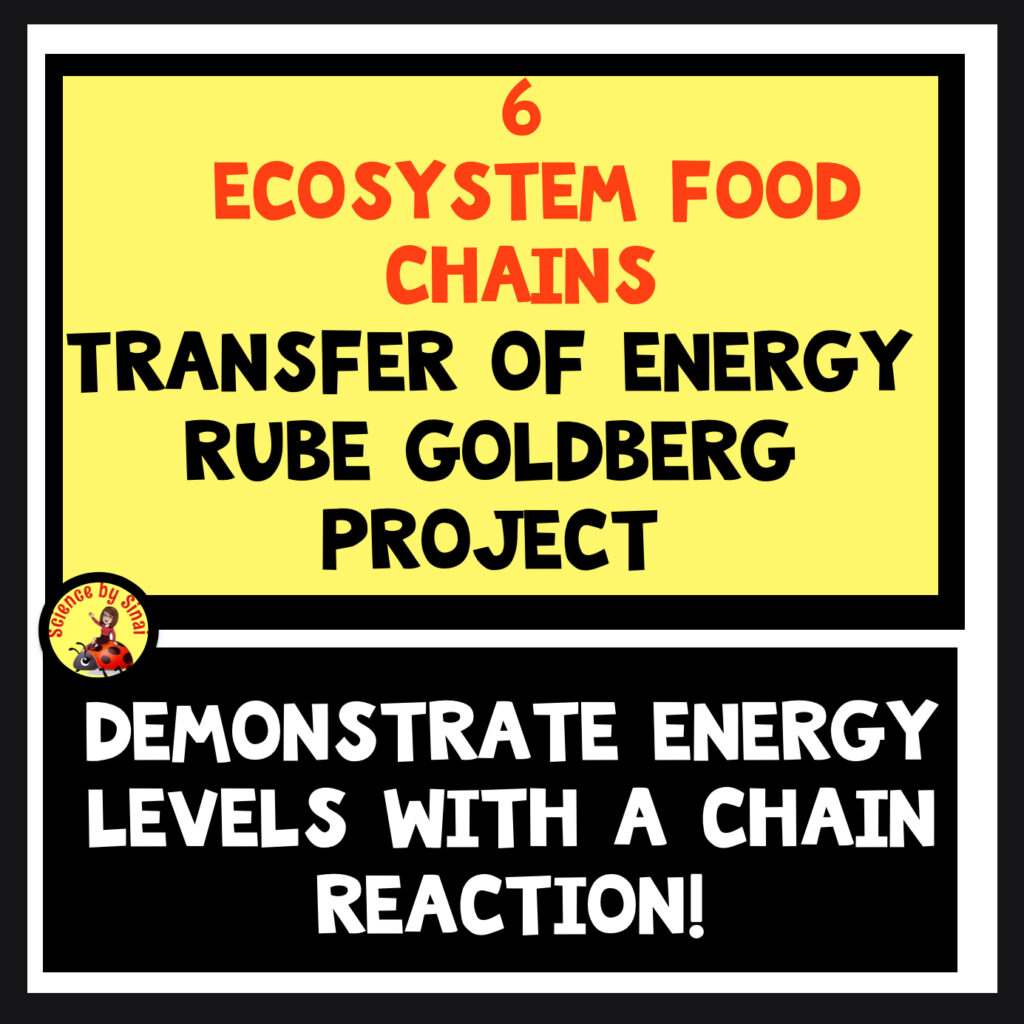
Food Chain Energy Levels
When you are teaching food chains I am sure you cover the process known as energy transfer or energy flow. The food chain represents the flow of energy and nutrients from one organism to another in an ecosystem. Each level of a food chain is called a trophic level.
The base of the food chain is sunlight which is captured by the producers, the plants, through photosynthesis. They use sunlight to convert carbon dioxide and water into glucose(sugar) and oxygen. They trap solar energy in the form of chemical energy in the sugar molecules.
The first consumers, or primary consumers, are the plant eaters or herbivores. They are the organisms that consume the producers to get energy. When they eat the producers(plants), they break down the complex carbohydrates and other molecules from the plants into simpler forms such as glucose. They use this to carry out respiration.
Second consumers are the carnivores and the omnivores that feed mostly on the primary consumers. The energy from the primary consumers is transferred to the secondary consumers as they digest and metabolize the meat.
Not all of the energy is passed on to the next level of the food chain. Some of it is lost as heat, so most food chains do not get longer than four or five trophic levels.
Rube Goldberg Energy Levels
Energy transfer in a Rube Goldberg machine involves converting one form of energy into another as the marble or other object moves through. The machine begins with potential energy stored in various objects placed at higher positions. For example, if a marble is placed on a platform at the highest point it has potential energy due to its higher position.
When the marble is released it may travel to a structure such as a ramp, pulley or screw. The potential energy is converted into kinetic energy which is the energy of motion. As the marble moves, it hits different objects such as dominoes or a ball. This transfers kinetic energy in the chain reaction. The motion and energy is transferred from one object to another. Since the purpose of a Rube Goldberg machine is basically entertainment, there is a significant amount of energy lost from step to step. It is not meant to be efficient!
How are Rube Goldberg Machines and Food Chains Similar?
Energy Transformation:They both go through energy transformation as the energy changes from one form to another. In the food chain, the solar energy is changed into chemical energy using photosynthesis. In a Rube Goldberg machine, potential energy is transformed into kinetic energy as the machine goes through its different steps.
Transfer of Energy: Both processes involve a transfer of energy from one component to another. In a food chain, energy is transferred from one trophic level to the next as each animal consumes another. In a Rube Goldberg machine, energy is transferred from one step to the next as it goes through its chain reaction.
Sequential Steps: Both processes involve a series of sequential steps. In the food chain, the energy flows from the producers, to the first consumers, to the second consumers, and up to the top consumer. In a Rube Goldberg machine, the energy moves through a sequence of steps and one action triggers the next until it reaches the end.
Conservation of Energy: In both a Rube Goldberg machine and the food chain, the principle of conservation of energy is demonstrated. Energy is neither created nor destroyed; it is only transferred from one form to another. This principle holds true in all natural and designed systems.
Introducing the STEM Project
Students are divided into groups of no more than three or four students. Each group is assigned a four level food chain. I like to put the food chain cards in an envelope so it’s a bit mysterious as to which organisms students are going to be using. The student’s first goal is to brainstorm how they will make a four level Rube Goldberg machine to represent the four levels of their food chain.
For example, if they are working from a forest food chain, the four levels could be Clover, Box Turtle, Red Fox, and Bald Eagle. The students should identify the producer(Clover), the first consumer as the Box Turtle, the second consumer as the Red Fox and the top consumer as the Bald Eagle. These will be the trophic levels of the food chain.
Explain that their task is to build a Rube Goldberg, chain reaction machine that has four levels; one for each level of the food chain. For example, the Clover level could be a marble at the top of a platform with a hole in it. As the students push the marble to start the machine the marble drops through the hole. The marble could then go down an inclined plane to represent the second level(Box Turtle). At the bottom of the inclined plane could be a lever, which could represent the Red Fox. What will that lever trigger as the final step? That final step will be the Bald Eagle.
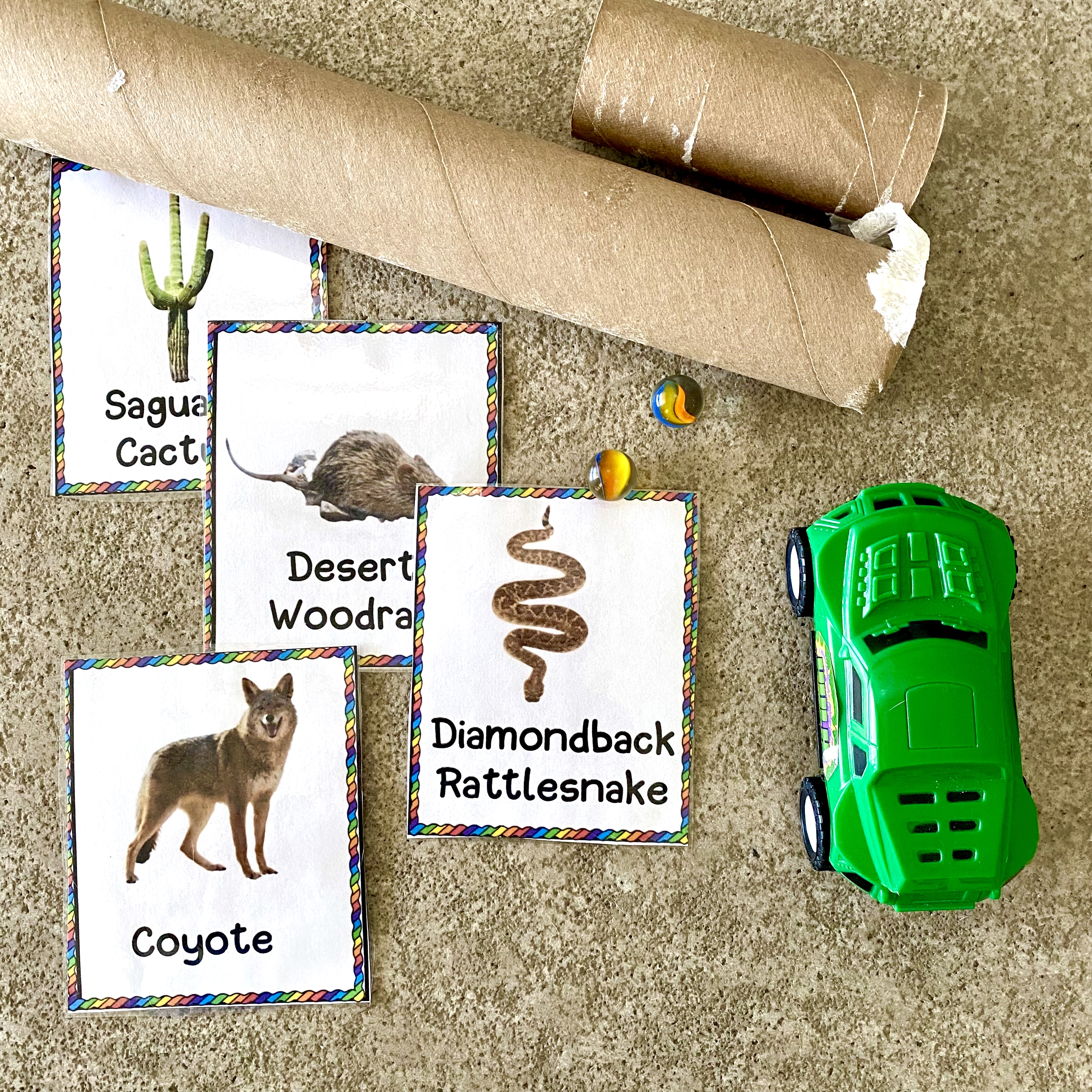
Start With a Brainstorming Session
It is very important that the students go through a structured brainstorming session before they begin to build anything. In my product called Rainforest Food Chain STEM TRANSFER OF ENERGY RUBE GOLDBERG Project, on Teachers Pay Teachers, I have a ready to go brainstorming form. As they are working you can be filling out the brainstorm RUBRIC for each student. This will give you a great idea as to how well they are working as a group. Notice that one of the questions on the brainstorming form involves students assigning each other materials to bring into school the following day. I only allow my students to use recycled materials or old toys that they find around their house.
At the end of the brainstorming session they should have formulated a rough sketch to be teacher approved.
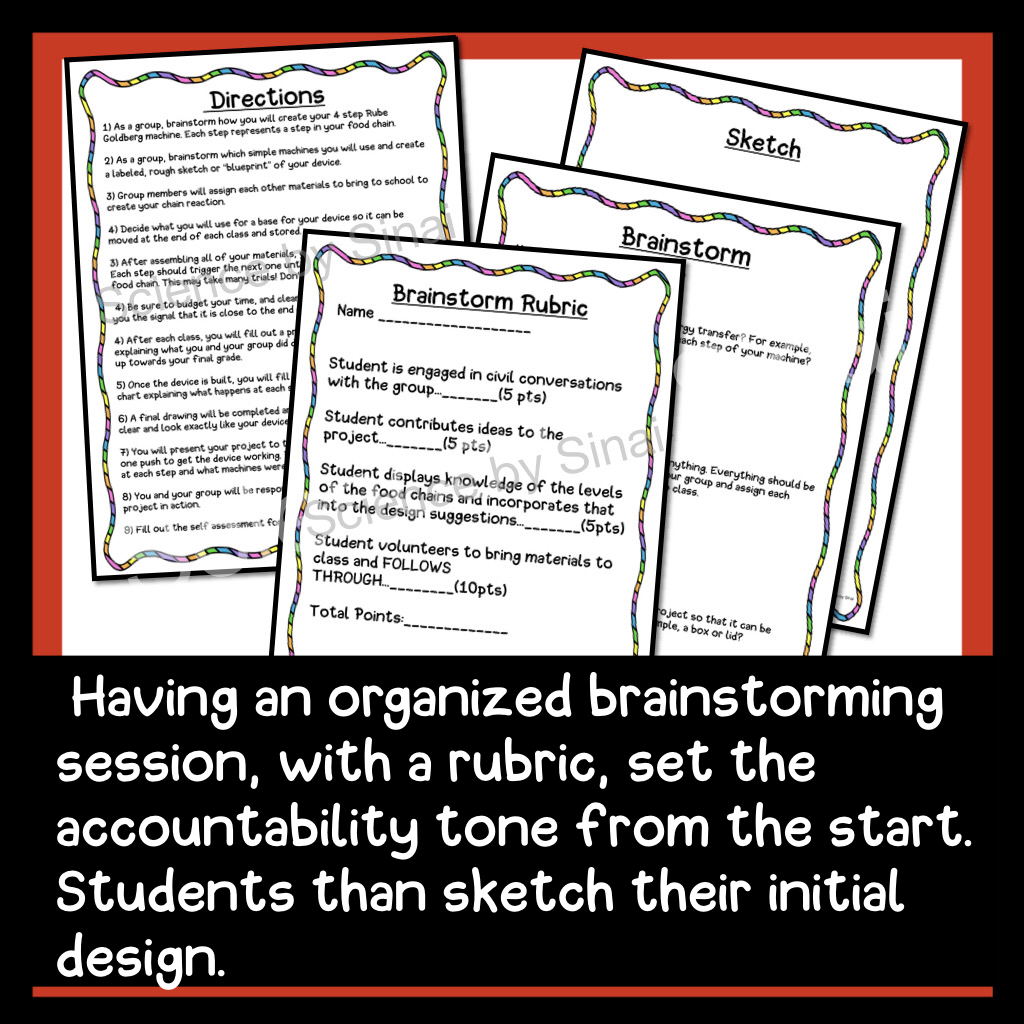
Building the Rube Goldberg Machine
I’ve been doing this for years and I never stop being amazed at the cleverness and creativity that goes into these machines! A huge lesson learned is trial and error and patience! (see my Rube Goldberg Machines post)
I actually give students a pep talk at the beginning and tell them they WILL be frustrated, they WILL want to give up, and they WILL get angry. However, they WILL be rewarded at the end! I love how they keep telling each other that Mrs. Sinai warned them!
To keep the project from going on and on, I have the students fill out daily check-ins as to what they accomplished each class. I also have a rubric that I fill out for each student as I walk around while they are working. This gives me plenty of data, plus it keeps them super accountable.
The students will take the printed cards representing the four levels of the food chain and attach them to the Rube Goldberg machine at each energy transfer location. In the example above, as the marble travels down the ramp, they can attach the picture of the Box Turtle.
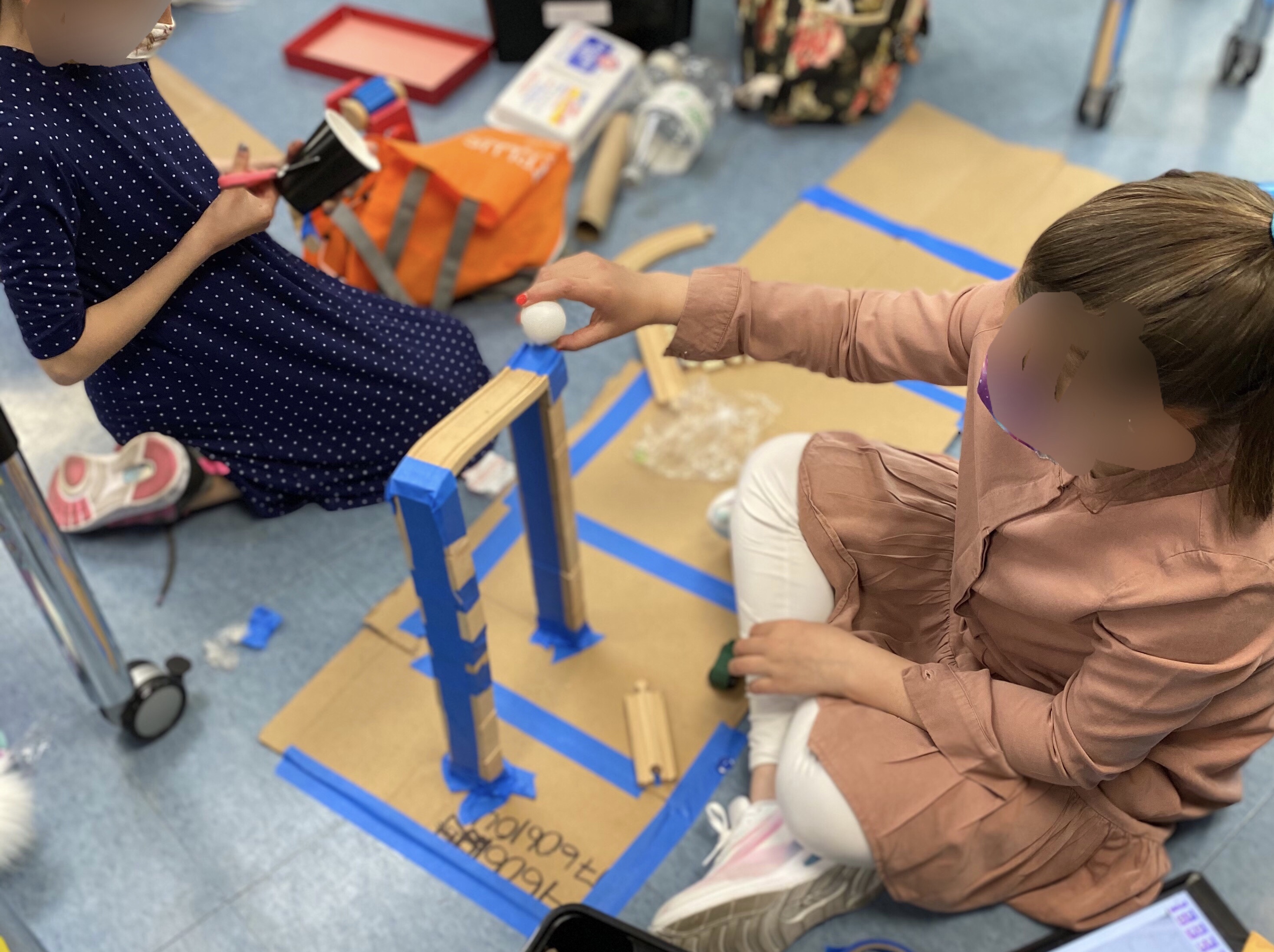
How Will Students Present Their STEM Energy Projects?
There are two choices as to how the students can present their project. The first is a demonstration in front of the class and the other is creating a video. If you have the capability, I highly recommend the second one because it involves more explanation and creativity.
We want the students to understand the parallels between the food chains and the Rube Goldberg machines, so that should be part of their presentation. In my product I included a form where the students fill out information on each organism in their food chain. This puts a bit more depth into the project.
There are also presentation directions for each of the methods that you may choose. I included a rubric so that you can grade either their classroom presentation or video.
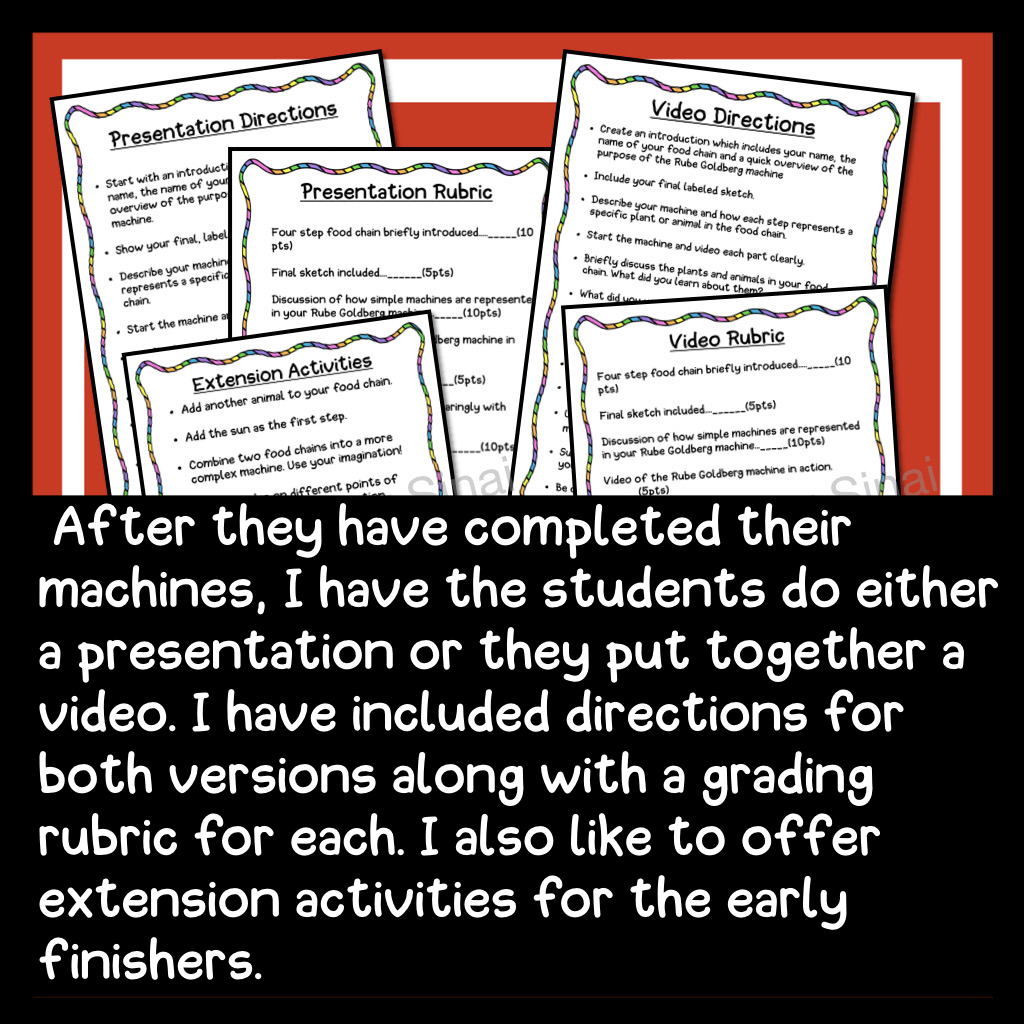
Self Assessment Is So Important
I feel strongly about having students assess themselves at the end of any project. I’ve included a self-assessment form about students working with each other, new skills that they learned and what were their key strengths. I insist that the students take their time filling these forms out. A bonus is that I learn a tremendous amount about how the activity played out. I may find that I did not give them enough time, or I gave them too much. I may find that they were slightly confused so I need more front end instruction, etc.
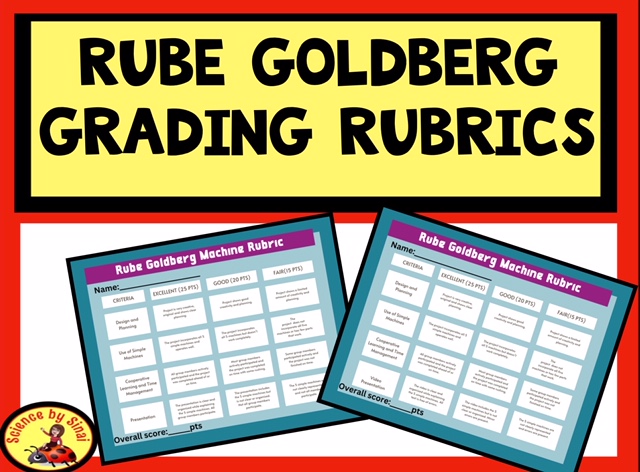
Extension Activities
I have included ideas for early finishers such as adding the sun as a first step, or combining two food chains into a more complex machine. They could add QR codes at different points of the machine to link information about the animals and plants. They could label all of the simple machines that are included in the Rube Goldberg machine and more.
Conclusion
As you’re filling out the final rubric for the project, you are seeking evidence of the students understanding energy transfers in a food chain along with those in a Rube Goldberg machine. You are also looking for cooperative learning, social interactions and perseverance through frustrating circumstances. Their presentation at the end of the project will allow you to assess their deeper understanding of the concept of the transfer of energy through levels.
I have several different ecosystems represented for this project on my Teachers Pay Teachers store at Science by Sinai. I’ve also included one that has six different food chains, one from each ecosystem.


